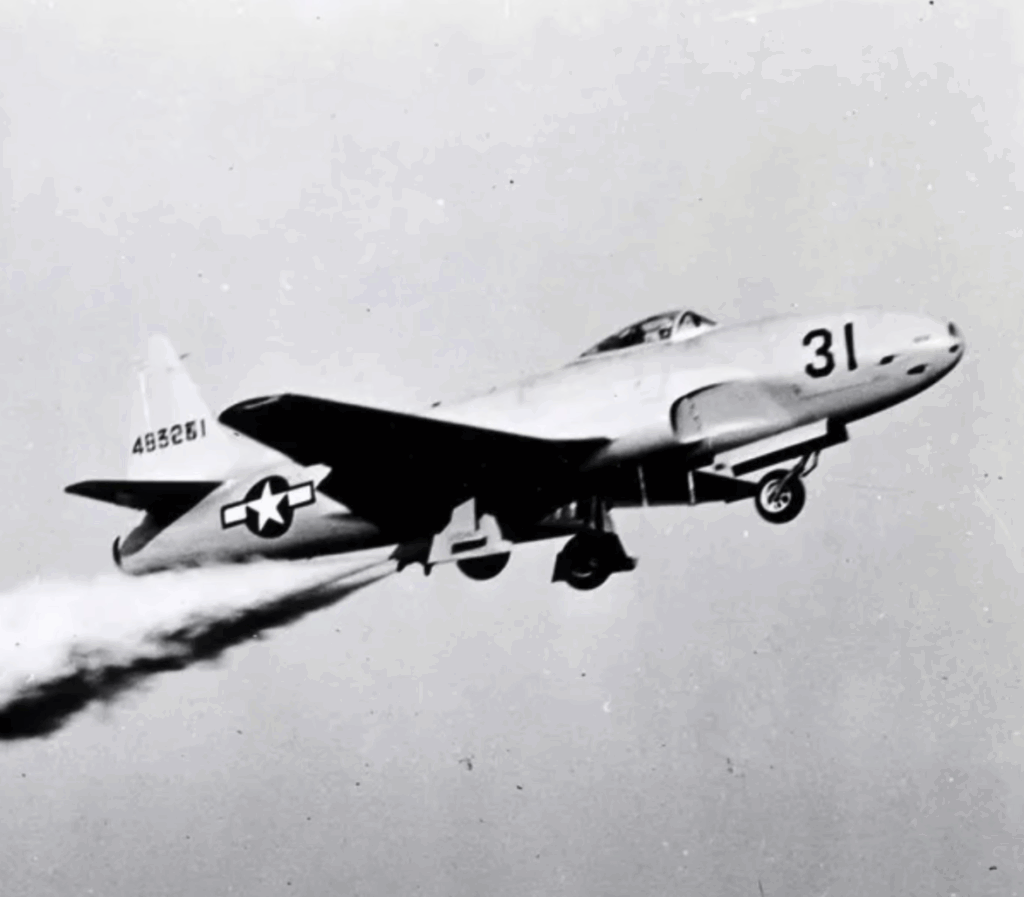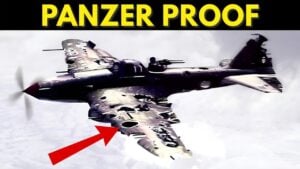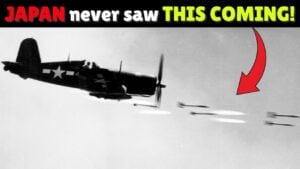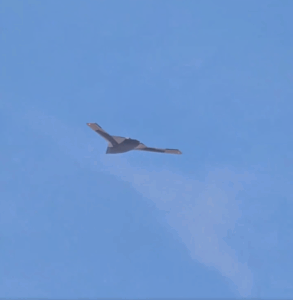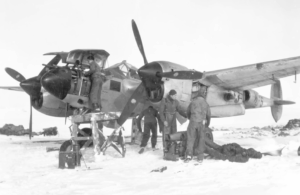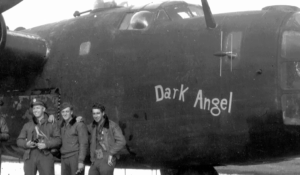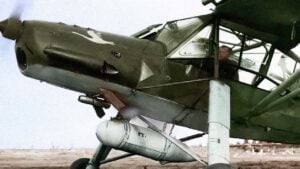The American Ace Who Shot Down 40 Japanese Planes in Six Months

USAviation / YouTube
A Farm Boy from Wisconsin Arrives in the Pacific
In December 1942, a young pilot named Richard “Dick” Bong arrived in the Pacific theater. Raised on a farm in Wisconsin, Bong had no combat experience. He flew the P-38 Lightning, a fast, twin-engine fighter he named “Marge” after his girlfriend. Despite his inexperience, Bong would go on to become the highest-scoring American fighter ace of World War II.
He began his service over New Guinea, where U.S. forces were locked in intense air battles with Japanese aircraft. At just 22 years old, Bong showed early signs of being an exceptional pilot. His first combat mission came on January 9, 1943, when five Japanese Zero fighters attacked his formation. Bong quickly shot down two of them. His wingmen, many with more experience, watched as he handled the enemy with calm precision.
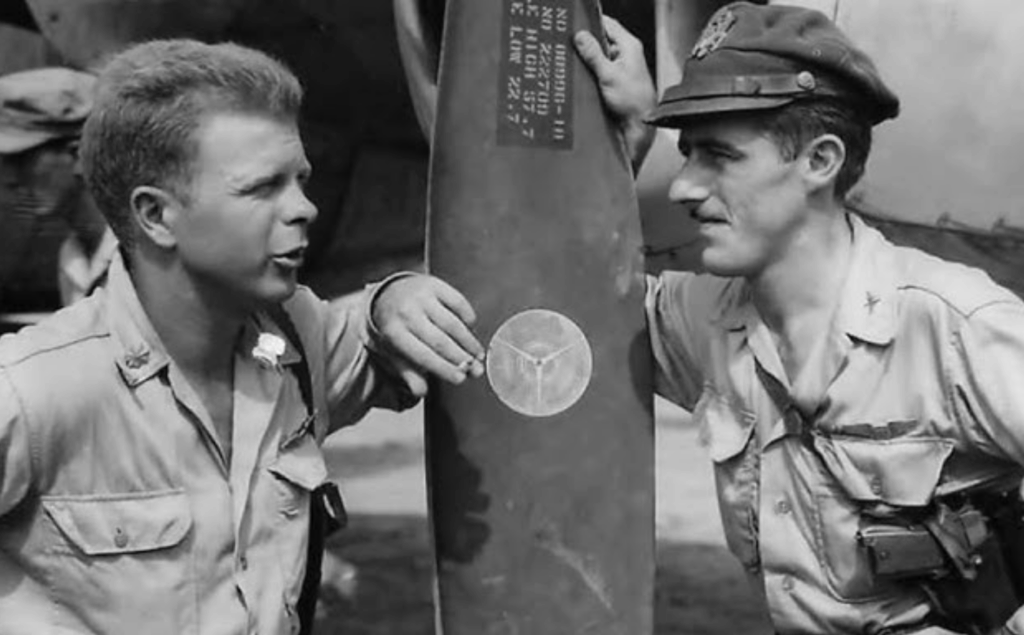
Rising Above the Odds
Bong’s skill in the air quickly gained attention. Unlike many, he didn’t wait for easy targets—he actively went after the best enemy pilots. Reports from the time say he often turned dangerous situations around by catching the Japanese off guard. His P-38, with its twin tails, became a feared sight in the skies. Wherever Bong flew, Japanese planes went down.
In March 1943, Bong faced one of his toughest challenges. On solo patrol, he was jumped by eight Japanese fighters. Instead of retreating, he flew straight into the formation and shot down four aircraft before the rest fled. His daring actions became known across American units. Japanese intelligence took notice, and pilots were warned to avoid his aircraft if possible.
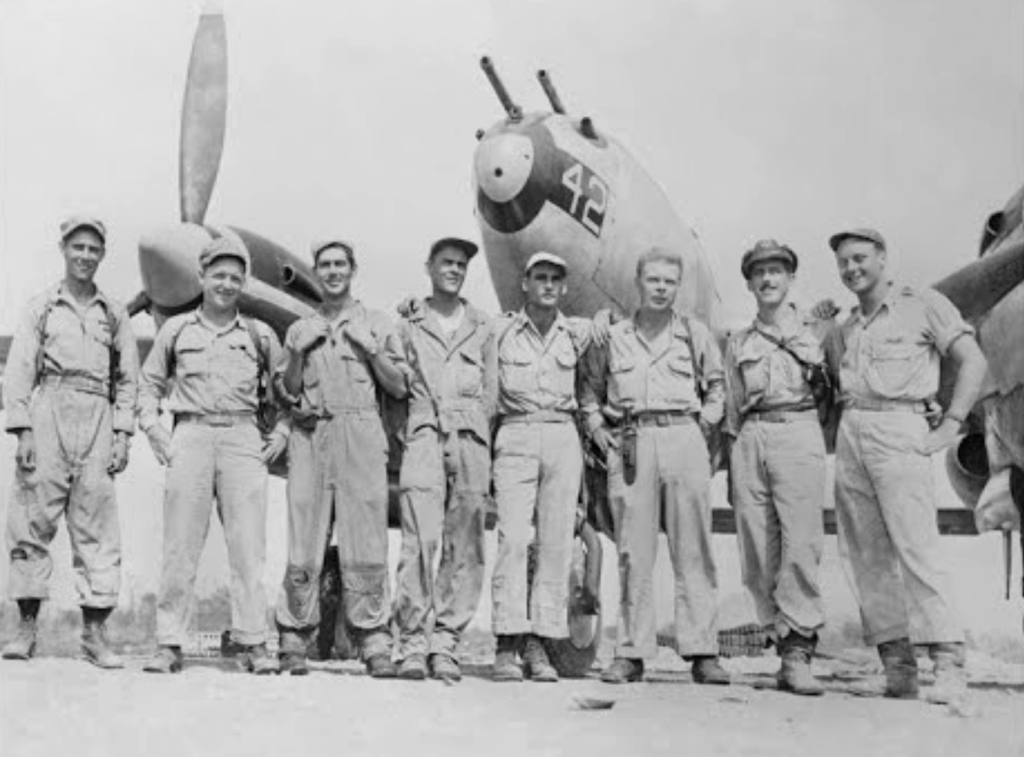
An Ace Among Aces
From April to August 1943, Bong’s kill total continued to rise. He was shooting down Japanese planes so fast that ground crews had trouble painting his victory marks on the side of his aircraft. By September, he had 28 confirmed kills, making him the top American ace at the time. Japanese pilots started avoiding areas where his plane had last been spotted. Some called him a ghost, because he would strike quickly and vanish before anyone could react.
Even as military leaders tried to send him back to the U.S. for public appearances, Bong asked to stay in combat. He felt a duty to continue flying missions with his fellow airmen. His final tour, between October 1943 and April 1944, added 12 more kills. That brought his total to 40 enemy aircraft destroyed—a record that still stands.
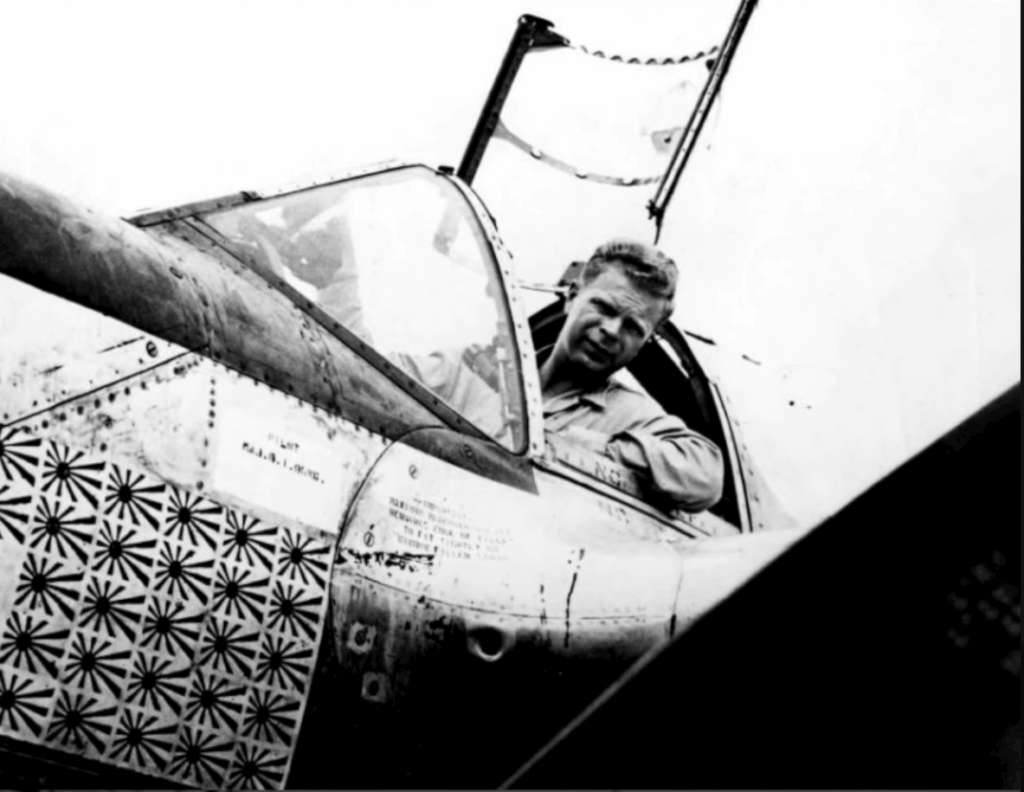
The Making of a Legend
Bong flew hundreds of combat missions during the war. His success didn’t come from luck or flashy flying, but from steady control, smart decision-making, and good teamwork. While many pilots earned fame during the war, few had such a clear effect on the enemy. Japanese pilots learned to fear the sight of a P-38 with “Marge” painted on the nose.
Though he returned home in 1944, Bong’s name remained well known across the Pacific. He became a symbol of skill, bravery, and determination. His achievements helped boost morale during a critical part of the war, and his story was shared across newspapers and radio broadcasts in the U.S.
Richard Bong’s combat record wasn’t just impressive—it showed how one skilled pilot, working with a strong team, could help shift the balance in the air. His time in the Pacific was short, but his impact lasted far beyond the final mission.
